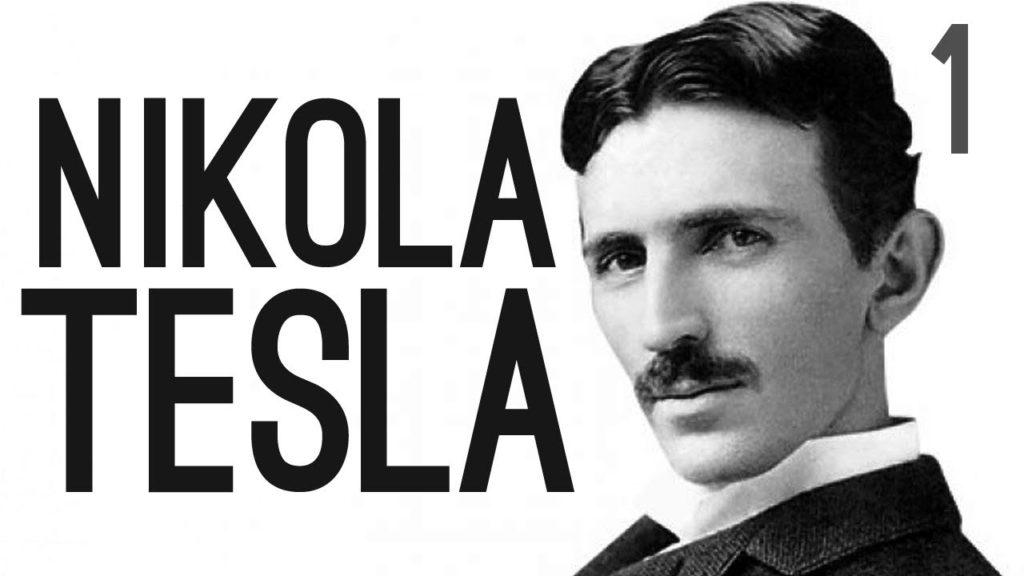Remote controls are without a doubt something that symbolises modern technologies. Most electrical devices we use come with a remote of their own, and most of us own at least a dozen remotes. We have remotes scattered on our coffee tables and even access devices from remotes on our phones now. Although we associate remotes to TVs, they were a staple long before that. So how did the remote control come to be? Read on to find out more about the history, origins and story of remote control systems.
About the Creator
Nikola Tesla was born in Lika in 1856 to an Eastern Orthodox priest who had an interest in mechanical appliances. He attended a primary school in Smiljan and completed his high-school from the Higher Real Gymnasium. His physics teacher inculcated in him an interest in electronics, and that would life-long passion for Tesla. He was a prodigy while at school, being able to do integral calculus in his head. Tesla ran away from home in the 1870s to evade enrolment into the Austro-Hungarian Army.
He then joined the Austrian Polytechnic and learnt electrical engineering but received no degree. Rather, he gained practical knowledge working for Central Telegraph Office in Budapest and the Continental Edison. In 1884, he shifted to the United States and worked for Edison Machine Works. He left soon after, setting out to form his laboratories and companies. His patent for an AC motor through Westinghouse Electric earned him large sums of money, which he utilised to fund his research. During the 1890s, Tesla pushed for wireless lighting and communication, becoming a pioneer in the field. with his devices.
The Famous Boat Experiment
Famous American inventor Nikola Tesla created the world’s first wireless remote control. He unveiled the system at Madison Square Garden in 1898 to much awe from the public. He called the system, which could control several mechanical devices, a tele automaton. To demonstrate his new invention, Tesla used a boat and controlled it via radio waves using a small metal antenna. Tesla sent radio signals to the using a version of remote control. The box consisted of a lever and a telegraph key and generated signals. These signals moved electrical contacts on the boat, adjusting the rudder, thereby controlling it.
Idea Catches On
Financially though, Tesla’s system was a flop. He planned on selling the system to the U.S. Navy, but the contraption was too unreliable for use in war. However, the idea caught on and spread like wild-fire to other equipment. Following in Tesla’s footsteps, Leonardo Torres-Quevedo devised a system utilising wireless telegraphs. With this system he first controlled a tricycle, then a boat, and later even submarine torpedoes.
Acts of War
These inventors led the way for the concept of remote controls. In World War I, Germany made use of such boats to launch attacks against the opposition. Hence, remote controls were the start of a new kind of warfare, which saw armies fight from a distance. During World War II, both the Germans and the Allies used several guided torpedoes and missiles.
Part of Our Lives
By the end of the 1940s though, remote controls became a part of consumer electronics, like garage doors and toys. Soon enough, several products started using technology, radically changing the technological landscape. Afterwards, Philco started production of radios utilising a wireless, battery-powered remote known as the Mystery Control. The most significant contribution, however, was of Zenith who introduced the Lazy Bones remote. Soon after, Eugene Polley made the Flashmatic TV remote, which made use of light technology.
Resounding Success
A few years later, Robert Adler, created a system which made use of ultrasonic sound in place of light. This new remote was more expensive but was still a resounding success. These clicker remotes forever changed the nature of the interaction between customers and electronic devices. It gave people the power to change channels without having to rise from their seats. Ever since then, remotes have been continually evolving, making use of IR technology, and even universal remote technology.
In 1898, the world had little understanding of Tesla’s brilliant idea. But in the years to come, the spark he started grew to become a raging flame. His innovation paved the way for future inventors to build a system that changed the world.

Being a cinephile with a love for all things outdoorsy, Athulya never misses a chance to chase inspiring stories or poke fun at things, even when the subject is herself. Currently pursuing a degree in mechanical engineering, she is someone innately interested in technical and scientific research. Music reviews and op-eds define her as they allow her to explore different perspectives. Though sometimes she thinks she makes more sense playing the guitar than she does while writing.
